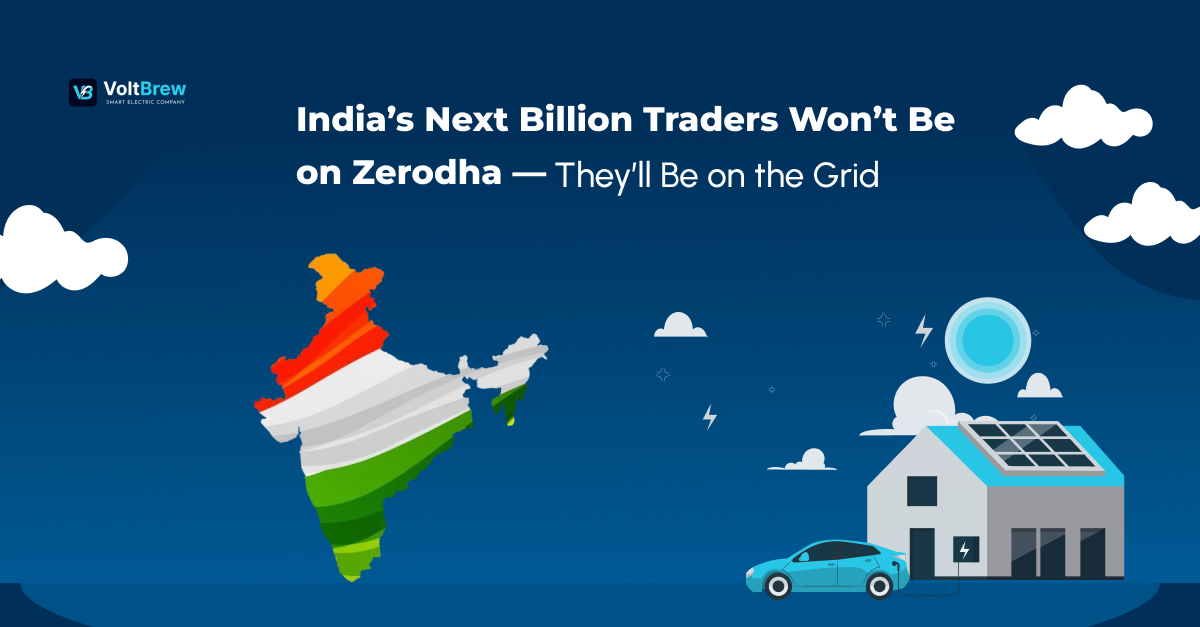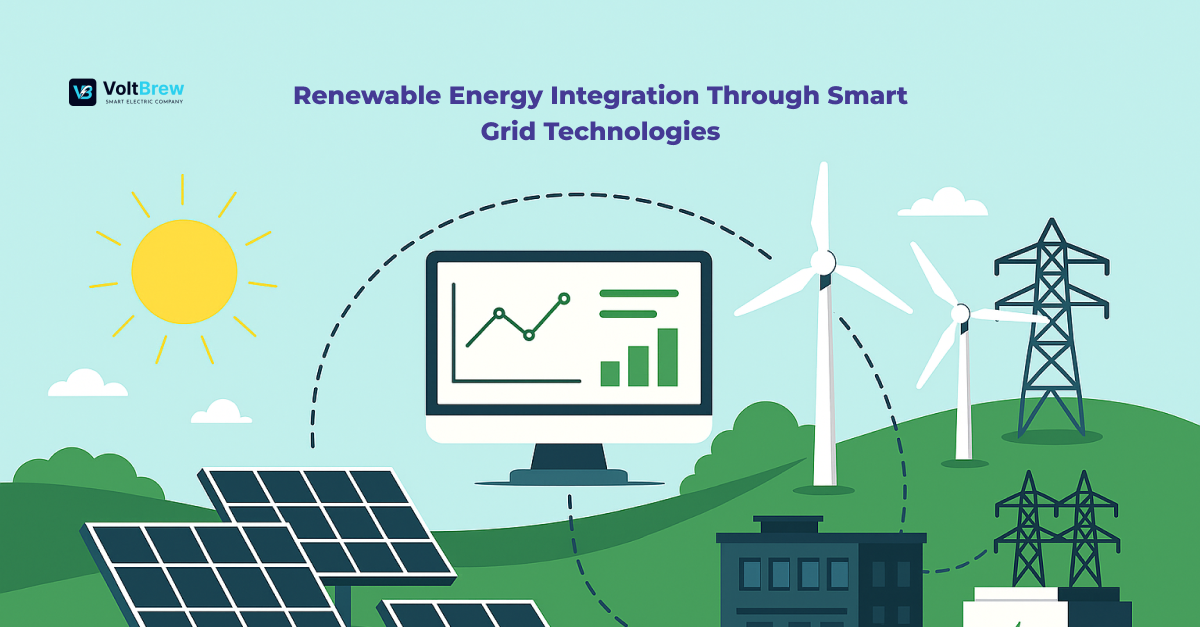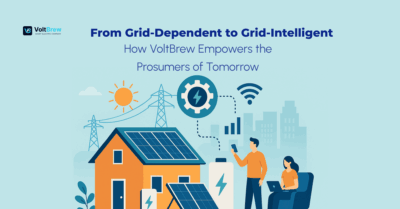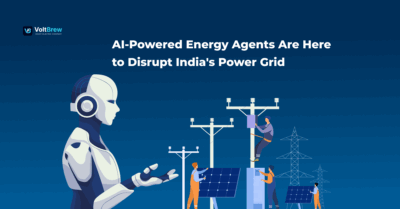Introduction: The Dawn of a New Market Behavior
Over the last decade, India has seen an exponential rise in retail participation in financial markets. Platforms like Zerodha have made stock trading accessible to the average Indian, offering transparency, minimal fees, and a mobile-first experience. Today, millions of Indians actively buy and sell equities, derivatives, and ETFs through such platforms.
But a quiet revolution is brewing—not in Dalal Street, but on rooftops and in local energy grids. This revolution is powered by a different kind of trader: one who doesn’t invest in companies, but in electrons. As India transitions towards a decentralized, digitized, and decarbonized energy future, a new market is emerging—energy trading.
India’s next billion traders won’t be betting on Sensex—they’ll be transacting kilowatt-hours, leveraging technology and grid connectivity to buy, sell, and store electricity. This article draws a bold parallel between traditional stock trading and the upcoming energy marketplace that could redefine participation, incentives, and market behaviors in the clean energy economy.
1. The Parallel Between Stock Trading and Energy Trading
Let’s understand the structural similarities that make electricity a tradable commodity: Electricity has evolved from a utility to a marketable resource, and India is laying the infrastructure to make this transition scalable and inclusive.
2. Rise of the Energy Prosumer: The Trader at the Edge
A prosumer is both a consumer and a producer of electricity. Enabled by rooftop solar panels, smart meters, and net metering policies, prosumers are rapidly growing in number.
Current Status of Distributed Energy in India:
- Over 7.5 GW of rooftop solar installed as of 2024.
- The government’s Rooftop Solar Phase-II aims to reach 40 GW.
- Households and MSMEs are key beneficiaries of subsidies and net metering frameworks.
These decentralized producers have more than just power—they have choice. With energy exchanges and peer-to-peer trading technologies, prosumers can now:
- Sell surplus energy at dynamic market rates.
- Store power in home batteries and sell during peak pricing.
- Aggregate their capacity with others to form Virtual Power Plants (VPPs).
The result? Every household becomes a micro-entrepreneur in the energy economy.
3. Peer-to-Peer (P2P) Energy Trading: From Pilots to Reality
India has piloted multiple P2P energy trading models using blockchain and smart grid technologies. These include:
a) Tata Power-DDL + Power Ledger (Delhi)
- Used blockchain to track and settle energy transactions.
- Enabled ~140 prosumers to trade rooftop solar energy directly.
- Achieved increased grid efficiency and transparency in settlement.
b) UPNEDA Pilot (Uttar Pradesh)
- Enabled prosumers to interact using a mobile trading app.
- Focused on rural communities with solar microgrids.
c) BESCOM + ISGF (Karnataka)
- Focused on time-of-use pricing and behavioral incentives.
These pilots demonstrated:
- Dynamic pricing increases user engagement.
- Blockchain ensures auditability and immutability.
- Smart meters and APIs are critical enablers for scaling.
4. The Emergence of Electricity Derivatives
In a landmark move, the Multi Commodity Exchange (MCX) received SEBI approval in 2025 to introduce electricity derivatives, marking the financialization of power in India.
Electricity derivatives will:
- Help commercial and industrial (C&I) users hedge price risks.
- Provide greater market depth and liquidity.
- Allow aggregators and energy service companies (ESCOs) to offer contractual hedging products to prosumers.
This development mirrors how commodity markets matured in oil, gas, and agriculture. Electricity, once deemed too volatile to commoditize, is now entering structured markets with regulatory backing.
5. Enabling Technologies: The Infrastructure Behind the Grid Marketplace
Energy trading is driven by a new class of digital infrastructure:
a) Smart Meters
- Enable real-time tracking of consumption and generation.
- Support automated billing and granular energy audits.
b) Blockchain
- Provides transparent, secure, and tamper-proof transaction ledgers.
- Used in pilots to settle trades without a central intermediary.
c) Edge Computing
- Empowers in-device decision-making (e.g., whether to consume, store, or sell).
- Reduces latency and dependency on cloud-based systems.
d) Open Protocols & Market APIs
- Allow device interoperability (via IEEE 2030.5, OpenADR).
- Enable real-time pricing, bid submission, and settlement via platforms.
Together, these tools are building the backbone of a decentralized energy internet, where every participant is empowered and interconnected.
6. Social, Economic, and Environmental Impact
a) Income Generation
- A 3 kW solar rooftop system can generate ₹1,200–₹2,000/month if integrated with real-time market trading.
b) Financial Inclusion
- Energy markets can introduce non-banked or rural users to digital finance through energy wallets and trading apps.
c) Sustainability and Decarbonization
- Distributed energy markets support India’s 2070 net-zero goal.
- Encourage adoption of green power over fossil fuel-based grid supply.
d) Consumer Empowerment
- Enables autonomy over energy usage, budget, and profits.
- Incentivizes load shifting and grid-responsive behavior.
7. Barriers to Mass Adoption
Despite its potential, grid-based energy trading faces several hurdles:
a) Policy Ambiguity
- Electricity Act amendments are pending.
- P2P trading lacks a national-level framework; current models are state-led pilots.
b) Infrastructure Challenges
- Smart meter rollout is slower than projected.
- Grid infrastructure remains patchy in remote and rural areas.
c) Digital Literacy & UI/UX
- Complex bidding and pricing models can alienate non-tech-savvy users.
- Simpler, intuitive apps are needed for scale.
d) Regulatory Risk
- Price caps, fixed tariffs, and DISCOM resistance can deter market participation.
8. The Vision Ahead: Energy as a Mass-Market Asset
Imagine a future where:
- A household solar system is auto-bidding its output to a real-time energy exchange.
- A mobile app (like a “Zerodha for energy”) displays hourly earnings, market trends, and carbon savings.
- Communities pool their power to gain negotiation leverage with DISCOMs.
- Your electricity bill turns into an income statement.
This isn’t futuristic speculation—it’s an imminent outcome of the convergence between digital infrastructure, clean energy, and regulatory innovation.
Conclusion: From Retail Investors to Grid Traders
India is poised for a second wave of retail trading. The first was financial; the second will be energy-driven. With the right policy push, technological integration, and consumer awareness, electricity trading will become as commonplace as stock trading on Zerodha.
In the decade ahead, India’s real trading boom won’t just happen on financial markets—it will unfold across rooftops, microgrids, and decentralized energy exchanges. The next billion traders won’t just speculate—they’ll power the economy.
They won’t be on Zerodha. They’ll be on the Grid.





